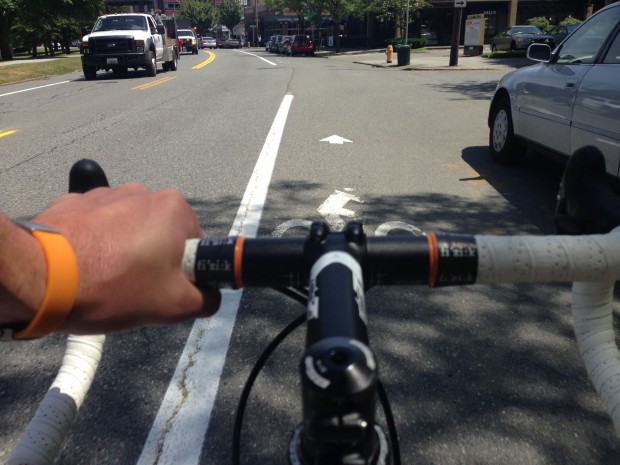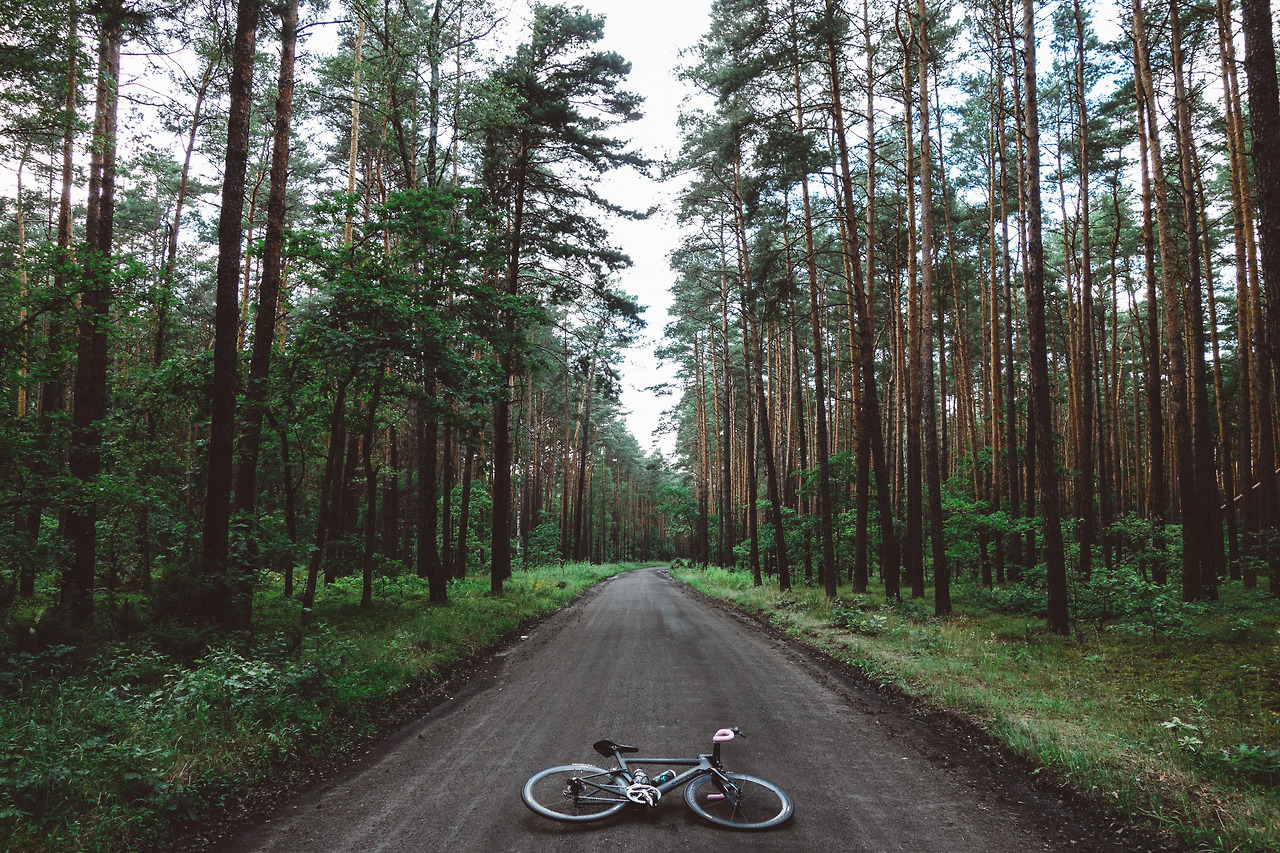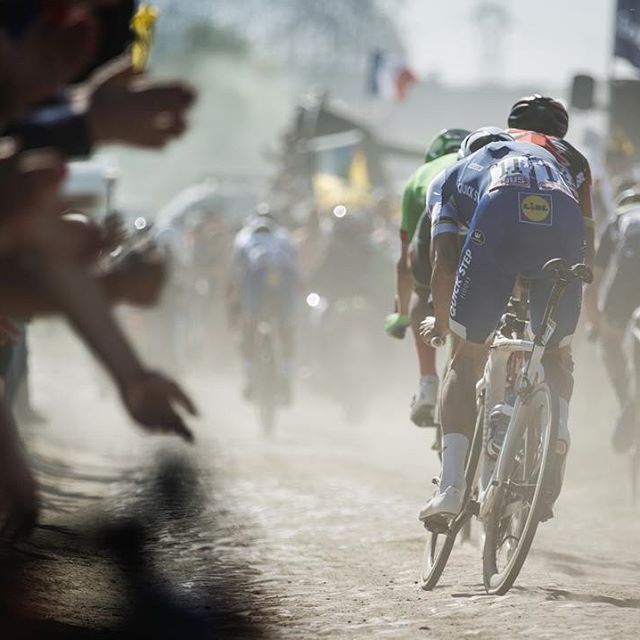Urban Riding: The Sanctity of the Bike Lane

There was a time when the world was painted in hues of black and white. Right and Wrong were separated by lines painted in such a thick, heavy paint that even to wander close was to already alter your very nature. The Elders taught us on which side we were to dwell and what evils would descend upon us if we were to transcend into the void. Little was known of what dwelt on the other side; the mind imagines the most horrific beasts in the unknown.
As Cyclists, we dwell in the space between black and white; everything we know is confined within the shades of gray that exist between two absolutes. Nowhere is this more true than when we subject ourselves to the roads to ply our craft at the mercy of motor vehicles, pedestrians, and the department of transportation’s ability to place potholes and manhole covers in the most inopportune locations. A moment’s inattention and our fortunes could shift dramatically.
The bike lane is shrouded in an air of false security. The white line painted a few meters from the edge of the road offers little by way of providing a barrier or any other kind of physical protection. Nevertheless, we wrap ourselves in a blanket of wishful thinking and pedal merrily along our way. The biggest problem with the bike lane is the total disregard that people, traffic, and road crews have for how few options we have outside of our narrow strip of tarmac in the event that the way is blocked, often unaware of the dangers their behaviors impose upon us. These are normally not intended as threats; it is simply a lack of exposure and appreciation of the risks we as Cyclists endure. In the spirit of Rule #3, I will outline some of the greatest risks.
- The bike lane is not a turning lane. In many cases – at least in Seattle – the bike lane will be sandwiched between traffic on the left and a parking lane on the right. Traffic will use our humble strip as a turning lane, or use it as a runway for their futile efforts to parallel park.
- The bike lane is not a parking lane. If there is no dedicated parking lane, the bike path serves double duty for this purpose in the eyes of the driver. I have had the unpleasant experience of entering a suddenly stopped car through its rear windshield; it is an experience I prefer to limit to a single occasion.
- The bicycle lane that was crossed in order to park your car may occasionally contain a person riding a bicycle. Please look behind you prior to opening your door.
- Bike lanes are not construction tool collection areas. Cones, shovels, gravel, loitering workers have all sent me diverted into traffic. What’s so attractive about using the bike lane for this purpose? Surely the grassy bit between the sidewalk and the street is equally suitable.
- Please repair the tarmac with the same care given to the car lanes. I understand that water mains, power lines, and sewers might need to be accessed by way removing the tarmac in the bike lane. But that lumpy patchwork with the long seam along the edge that runs parallel to the direction of travel is lethal.
Too many Cyclists are being killed doing what they love. We all understand what we risk and accept those rather than not ride our bikes, but I think I speak for all of us when I say I’d rather live to ride again tomorrow. We all have to come together with our fellow motorists to understand how best to work together. But most of all: be careful and diligent, my fellow Cyclists.
Vive la Vie Velominatus.

